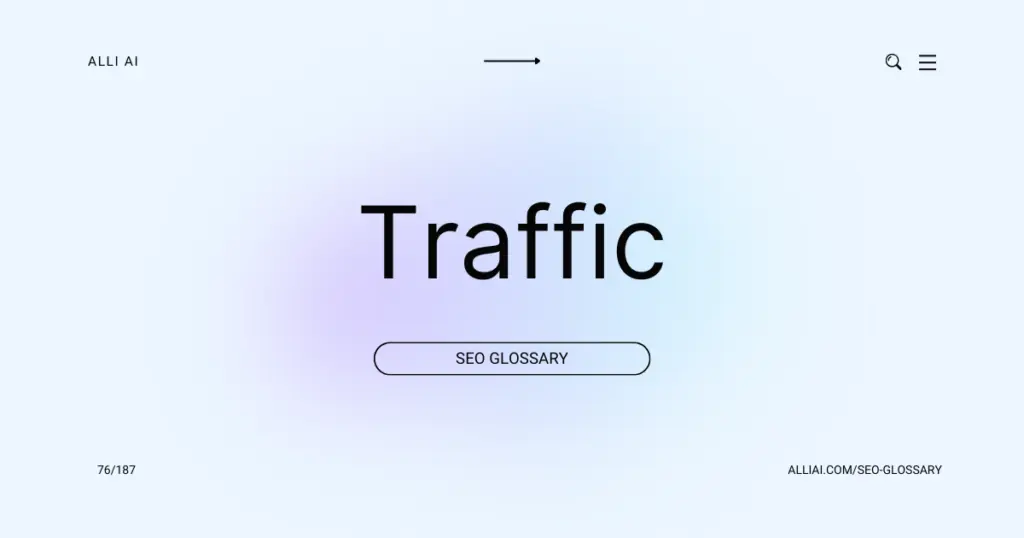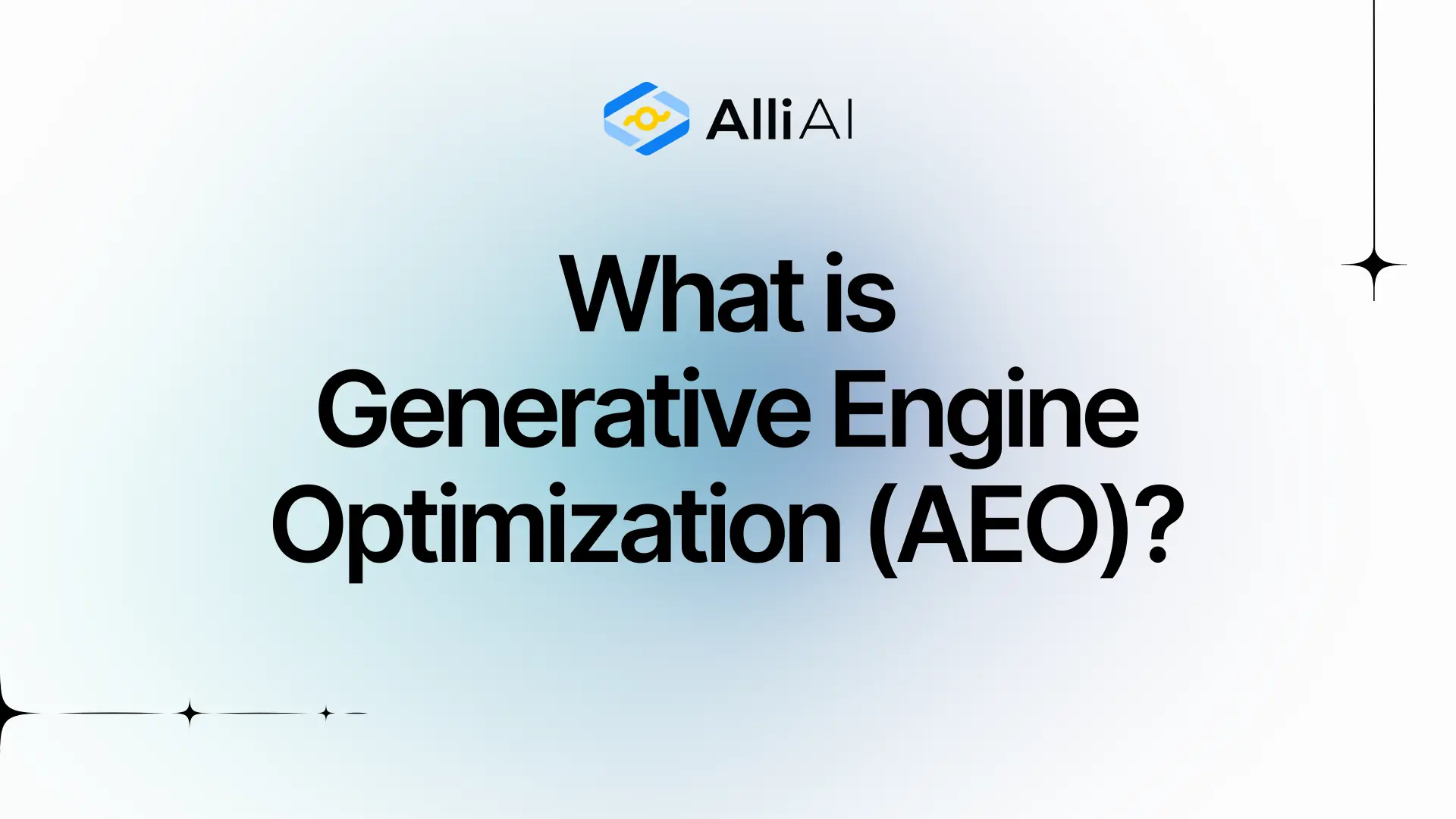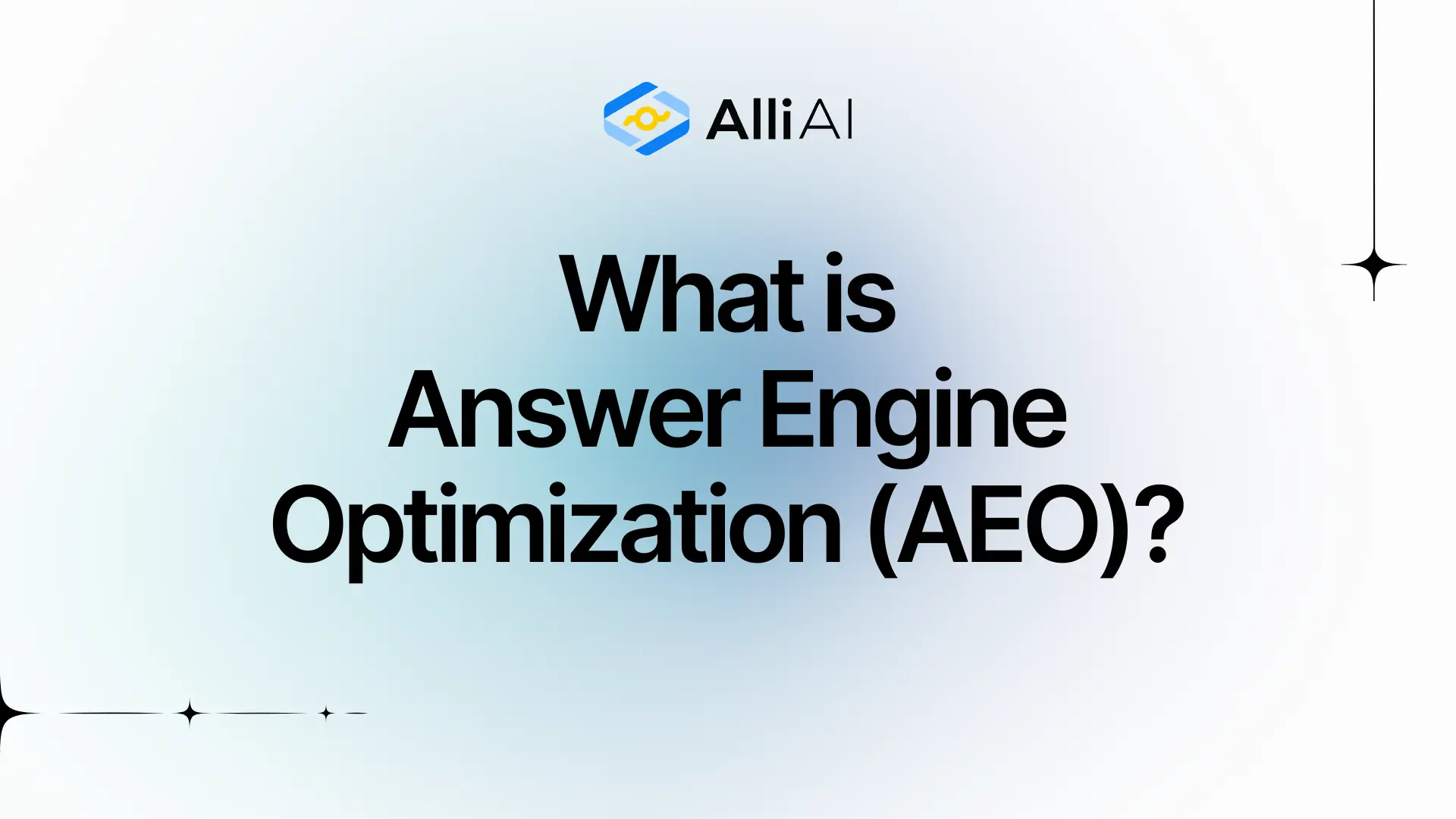What Does Traffic Mean?
In the context of websites and digital marketing, “traffic” refers to the number of visitors who come to a website. This includes anyone who views or interacts with the site’s content. Higher traffic means more people are visiting the website.
Where Does Traffic Fit Into The Broader SEO Landscape?
Traffic is a central component of SEO as it refers to the visitors who reach a website through various channels. High traffic can lead to increased visibility and authority, which are significant for improving search engine rankings. SEO strategies such as keyword optimization, backlinking, content marketing, and technical improvements aim to enhance organic traffic. Greater organic traffic can indicate successful SEO, as it represents targeted, interested users reaching the site by searching relevant keywords rather than through paid avenues. Moreover, traffic metrics help in evaluating the effectiveness of SEO strategies, guiding further optimization efforts to attract more quality traffic and improve user engagement.
Real Life Analogies or Metaphors to Explain Traffic
Traffic on a website is like blood flowing through the veins of the human body; it’s essential for keeping the site alive, vibrant, and functioning. Each visitor is a red blood cell, transporting vitality (engagement, revenue, and influence) to every part of the website.
Alternatively, think of website traffic as water running through a city’s plumbing system. Each drop of water can be equated to a site visitor. As water flows into different areas—like residential homes, commercial buildings, and public parks—it sustains the city’s activities, just like visitors power different parts of a website by engaging with content, purchasing products, or subscribing to services.
How the Traffic Functions or is Implemented?
1. Crawling: Search engines use bots to discover updated content, including new websites, changes to existing sites, and dead links.
2. Indexing: Once a website is crawled, it is indexed. This process involves storing and organizing the content found during the crawling process. Once a page is in the index, it’s in the running to be displayed as a result to relevant queries.
3. Processing Queries: When a search query is entered, the search engine processes it by comparing the search strings in the search request with the indexed pages in the database.
4. Ranking: Based on algorithms, the search engine decides which of the indexed pages are most relevant to the search query and displays them in order of relevance. This ranking is determined by various factors including keyword density, links, website structure, and more.
5. Traffic Generation through SEO: Higher ranked websites on the search engine results page (SERP) receive more clicks, thereby generating more traffic. SEO tactics like using relevant keywords, obtaining backlinks, improving site structure, and creating quality content can improve ranking and thus traffic.
6. Measuring Traffic: Tools like Google Analytics help in measuring various aspects of website traffic like source, duration, bounce rate, pages per session, and more, allowing further refinement of SEO strategies.
Impact Traffic has on SEO
1. Direct Impact on Rankings: While traffic itself isn’t a direct ranking factor, high traffic volume can indirectly influence rankings. Search engines interpret a high-traffic website as more relevant and popular, potentially boosting its position in search results.
2. User Experience Signals: Traffic impacts user experience signals like bounce rate, dwell time, and pages per session. Search engines use these metrics to gauge a site’s value, affecting SEO performance. For instance, high engagement levels can lead to improved rankings.
3. Increased Crawl Rate: Websites with high traffic may be crawled more frequently by search engines. More frequent crawling can lead to quicker indexing of new content, which is beneficial for SEO as it ensures that the content can start ranking sooner.
4. Social Proof and Authority: High traffic enhances perceptions of authority and credibility. Search engines tend to favor websites that are considered authoritative in their field, which can improve SEO rankings.
5. Data for Optimization: More traffic provides more data on user behavior and interaction. This data can be used for A/B testing and other site optimizations that enhance user experience and SEO performance.
6. Impact on Conversion Rates: High traffic increases the potential for conversions. Optimizing for traffic alongside SEO ensures a higher probability of converting visitors into customers or followers, directly affecting the site’s effectiveness and profitability.
7. Amplification of Content: Increased traffic can lead to more shares, links, and mentions across the web, including on social media. This broader dissemination increases visibility, draws in more backlinks, and enhances SEO further.
SEO Best Practices For Traffic
1. Research keywords relevant to the topic using tools like Google Keyword Planner, Ahrefs, or SEMrush.
2. Optimize website content with the targeted keywords, ensuring they are included in titles, headers, meta descriptions, and throughout the body in a natural manner.
3. Improve website loading speed by optimizing images, minimizing HTTP requests, and using a Content Delivery Network (CDN).
4. Make the website mobile-friendly with responsive design to accommodate users on smartphones and tablets.
5. Apply structured data (schema markup) to help search engines understand the content and enhance search listings with rich snippets.
6. Acquire high-quality backlinks through guest blogging, partnerships, and outreach to relevant and authoritative websites.
7. Regularly update content to keep it fresh and relevant, which can boost the search engine rankings.
8. Use social media to drive traffic by sharing content, engaging with users, and utilizing appropriate hashtags to increase visibility.
9. Monitor the site’s SEO performance with tools like Google Analytics and Google Search Console to track traffic, rankings, and to identify areas for improvement.
10. Continuously optimize and refine SEO strategies based on analytical data and SEO trends to maintain and improve search engine rankings.
Common Mistakes To Avoid
1. Ignoring Mobile Users: Optimize for mobile-first indexing and ensure the website loads quickly and is navigable on mobile devices.
2. Neglecting Local SEO: Optimize for local search by using relevant local keywords, creating location-specific pages, and maintaining up-to-date listings on Google My Business and other directories.
3. Using Intrusive Pop-ups: Avoid or minimize pop-ups that can frustrate users and potentially increase bounce rates, especially on mobile.
4. Forgetting About Page Speed: Regularly monitor and optimize site speed as slow-loading pages can deter visitors, affecting bounce rates and conversions.
5. Overlooking Image Optimization: Compress and correctly tag images to improve page loading times and enhance SEO through descriptive ALT tags.
6. Not Utilizing Analytics: Regularly track and analyze traffic using tools like Google Analytics to understand visitor behavior and refine strategies.
7. Relying Solely on Organic Traffic: Diversify traffic sources by incorporating paid advertising, social media, and email marketing to reduce reliance on search engines.
8. Failure to Update Content: Regularly refresh old content to keep it relevant and engaging, which helps maintain or improve search engine rankings.
9. Ignoring Meta Descriptions and Title Tags: Ensure all pages have unique and descriptive titles and meta descriptions to improve click-through rates from search engine results pages.
10. Not Building Quality Backlinks: Focus on acquiring high-quality backlinks from reputable sources rather than pursuing large quantities of low-quality links.
11. Lacking a Secure Website (HTTPS): Ensure the website is secure as search engines favor HTTPS websites, and visitors are more likely to trust and complete transactions on secure sites.
12. Poor Keyword Strategy: Avoid keyword stuffing and focus on using relevant, long-tail keywords that match user intent and improve the chances of attracting targeted traffic.
13. Not Engaging on Social Media: Use social media platforms to drive traffic by engaging with followers, sharing content, and participating in conversations relevant to your niche.
14. Ignoring Video Content: Incorporate video content as it can increase engagement and time spent on site, and videos often rank well in search engine results.
15. Not Having a Sitemap: Create and submit a sitemap to search engines to help them index your pages more effectively, improving overall visibility.
16. Neglecting Broken Links: Regularly check and fix broken links within the site which can frustrate users and harm search engine rankings.
17. Failing to Optimize for Voice Search: Incorporate conversational keywords into your SEO strategy as voice search popularity grows.
18. Overlooking User Experience (UX): Focus on improving the user experience by simplifying navigation, creating engaging content, and ensuring the website is accessible.






